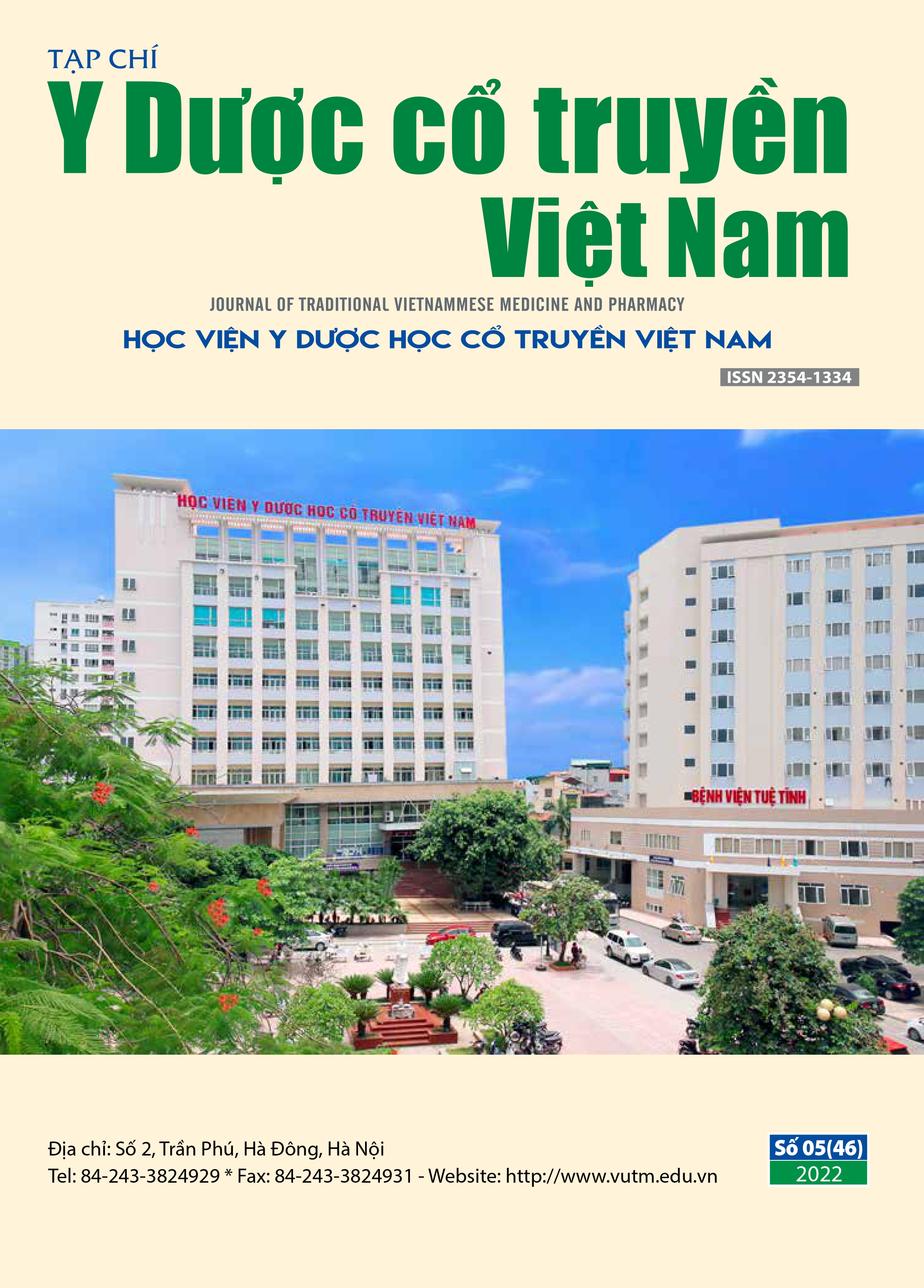Multi-response optimization of an extraction procedure of rosmarinic acid from Prunella vulgaris L. and antioxidants using
Main Article Content
Abstract
Prunella vulgaris L. (PV) have been reported to have a variety of important biological activities. A process for rosmarinic acid (RA) extraction - antioxidants from PV was performed to obtain the highest extraction yield, strongest antioxidant activity and optimized by a multi-response optimization process. A three-level three-factor Box- Behnken design (BBD) was performed as response surface methodology (RSM) with desirability function (D) to attain the optimal extraction parameters. The rosmarinic acid extraction rate was determined by UV-Vis method with linear line Y = 2.1033x + 0.1108, R2 = 0.9966. The DPPH
and ABTS●+ scavenging percentage was used to represent the antioxidant ability. The maximum D value of 0.251, along with the maximum yield (6.025%), %RA (0.115%), scavenging percentage DPPH (IC50) (84.975 µg/ml) and ABTS
(TEAC) (0.207) were achieved after an ethanol
concentration of 60o, an extraction time of 60 min, using an extraction temperature of 50°C.
Article Details
References
2. Su-Juan Wang, et al. (2019), “Prunella vulgaris: A Comprehensive Review of Chemical Constituents, Pharmacological Effects and Clinical Applications”, Current pharmaceutical design. 25(3), pp. 359-369.
3. Shi Yong Ryu, et al. (2000), “Anti-allergic and anti-inflammatory triterpenes from the herb of Prunella vulgaris”, Planta medica. 66(04), pp. 358-360.
4. Dejian Huang, Boxin Ou, Ronald L Prior (2005), “The chemistry behind antioXidant capacity assays”, Journal of agricultural and food chemistry. 53(6), pp. 1841-1856.
5. Soraya Rodríguez-Rojo, et al. (2012), “Assisted extraction of rosemary antioXidants with green solvents”, Journal of Food Engineering. 109(1), pp. 98-103.
6. N Mulinacci, et al. (2011), “Storage method, drying processes and extraction procedures strongly affect the phenolic fraction of rosemary leaves: an HPLC/DAD/MS study”, Talanta. 85(1), pp. 167-176.
7. Miguel Herrero, et al. (2010), “Supercritical fluid extraction: Recent advances and applications”,
Journal of Chromatography a. 1217(16), pp. 2495-2511.
8. Kashif Ghafoor, et al. (2009), “Optimization of ultrasound-assisted extraction of phenolic compounds, antioXidants, and anthocyanins from grape (Vitis vinifera) seeds”, Journal of agricultural and food chemistry. 57(11), pp. 4988-4994.
9. Amma G Adomako-Bonsu, et al. (2017), “AntioXidant activity of rosmarinic acid and its principal metabolites in chemical and cellular systems: Importance of physico-chemical characteristics”, Toxicology in vitro. 40, pp. 248-255.

